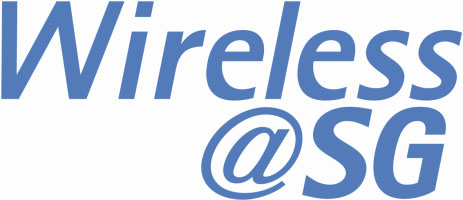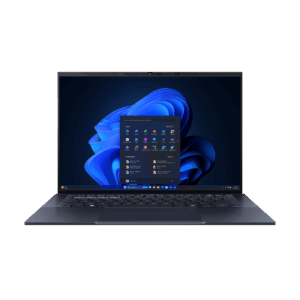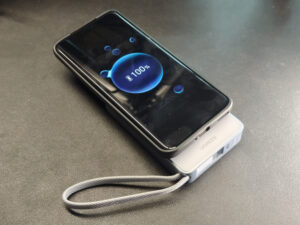
Cellphone and tablet-toting users who log on to Wireless@SG hotspots throughout Singapore will get online easier now with a new technology aimed at solving one main bugbear – getting connected.
As long as they have a device that uses a SIM card, they can use it to authenticate with the wireless network automatically, without having to log in each time they access the free hotspots. They also set up their devices only once.
Using EAP-SIM technology, the new sign-on process makes it much easier to log on to a wireless network.
Previously, users had to either log in each time they are at a hotspot or had to key in a number of settings offered by another one-time login procedure known as Seamless and Secure Access (SSA) launched in 2010.
Unveiling the new technology today, the Infocomm Development Authority (IDA) also said it would help increase the number of Wireless@SG hotspots nationwide from the current 5,200 to 10,000 by 2015 and 20,000 by 2016.
The new hotspots will be set up in a number of new areas, including at train stations and popular tourist areas such as Orchard Road and Sentosa, IDA executives told reporters at a launch event this morning.
The number of hotspots had fallen from a high of 7,200 last year, according to a Straits Times report, but it seems the government-funded network isn’t going away just yet.
Indeed, far from pulling funds for their rollout, the IDA is subsidising small and medium enterprises (SMEs) to set up more public hotspots under the Wireless@SG banner. They can get a one-time subsidy of up to S$2,400 to pay one of four operators here – SingTel, StarHub, M1 or Y5Zone – to set up a network.
With it, they can either offer access to customers or use it for their operations, such as connecting up cashier machines or PCs.
Despite much-publicised problems, Wireless@SG has also served more users over the years. With more people logging on with their phones and tablets, IDA’s executives said today that there were 200,000 to 300,000 active users a month in the last quarter of 2013, and they spent more than 32 hours a month logged on to the network.
The government regulator did not say how many users were using devices that had SIM cards, and who would benefit from the latest login method, but it believes more users will come onboard with portable devices, compared to laptops in the past.
It also said it will hold operators to a quality of service that includes 99.9 per cent uptime, which is possible now with new monitoring tools that prvovide more insight into issues with any of the hotspots.
And with 80 per cent of the hotspots now hooked up to 100Mbps fibre links, each one is expected to easily handle at least 30 concurrent users, said IDA executives today.
Too often, it has to be said, the issue is not with telecom operators but cafe owners, for example, who don’t bother to check if the network cable is connected or if a modem is turned on. This means users can sometimes detect and log in to a Wi-Fi network but still cannot go online.
If such nitty-gritties are ironed out, the much easier automatic login system now should be a boon to regular users (check out the guides). Even if you don’t use Wireless@SG often, it is an occasional alternative to 3G or 4G services, which now come with less free data to use than before.




